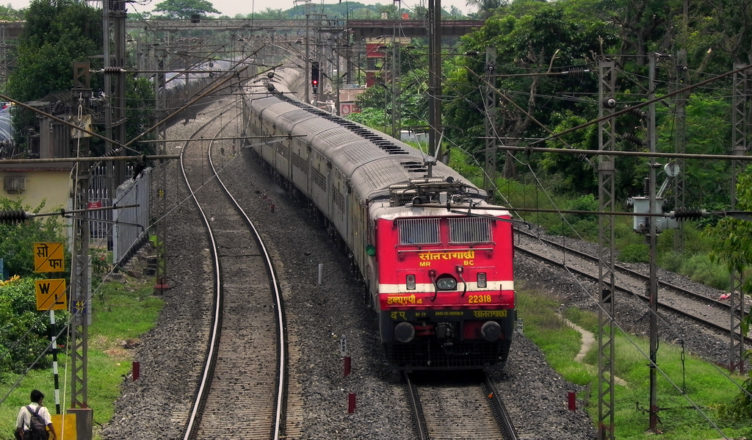The Railways is a tricky network of many rail lines and stations spread over a vast area. The IR is of service to nearly 8 billion passengers annually and 1.2 million passengers daily. To manage this humongous traffic, the IR is divided into zones.
For better understanding, here is a detailed look at its working.
Structure
The IR is headed by a seven-member railway board, whose chairman reports directly to the Ministry of Railways. The IR is divided into 17 zones, each of which is headed by a general manager who directly reports to the railway board. Each zone is further sub-divided into divisions, of which there are 68.
Each division is spearheaded by a Division Regional Manager (DRM). Under them come the divisional officers, who are in charge of sectors such as engineering, mechanical, electrical, signal and telecoms, accounts, personnel and the list goes on. They report to the DRM and are tasked with the operation, maintenance and management of assets.
Station masters control their respective stations, the trains that come through and their station’s territories. In addition to all this, there are many public sector enterprises, training establishment, production units and other offices working under the control of the railway board.
Subsidiaries and Undertakings
IR happens to be a major shareholder in 16 PSUs, among them some notable ones are:
- Finance Construction and Project Implementation: IRFC, IRCON, RITES, RVNL, and MRVC.
- Rail Infrastructure: DFCCIL, PRCL
- IT and Communication: CRIS, RCIL
- Catering and Tourism: IRCTC
- Land and Station Development: IRSDC, RLDA
- Passenger and Freight Train Operations: CONCOR, KRCL
Human Resources
Employees in the IR are classified into two types; gazetted (Groups A and B) and non-gazetted (Groups C and D) employees. Gazetted employees carry out desk jobs and higher official jobs such as executive, managerial and supervisorial level tasks. As of March 2017, the employees of group A and B constitute only 1.2% of the total strength; while group C and D constitute of 92.6% and 6.2% respectively.
The employees of group A and b are recruited by the Union Public Service Commission (UPSC) examinations conducted yearly. Recruitment of group C employees and junior engineer, depot material superintendents is conducted by the Railway Recruitment Board. Group C and D are recruited by a total of 21 railway recruitment boards and cells controlled by the RRCB.
The IR recruits lower level positions through its RRB NTPC examinations (Non-Technical). All the training is done in seven centralized training institutes and 295 training centers located across the country. The IR offers housing, schools, sports facilities and runs its own hospitals, all for the welfare of the staff.
The IR is a very modern and well-functioning, technology has helped it progress rather well over time. It is one of the most used public transport systems in the country, and it can be attributed to features like IRCTC enquiry , PNR status check, live railway tracking and much more. These are available on the IR website as well as many other travel-booking websites.
Photo by Smeet Chowdhury 

